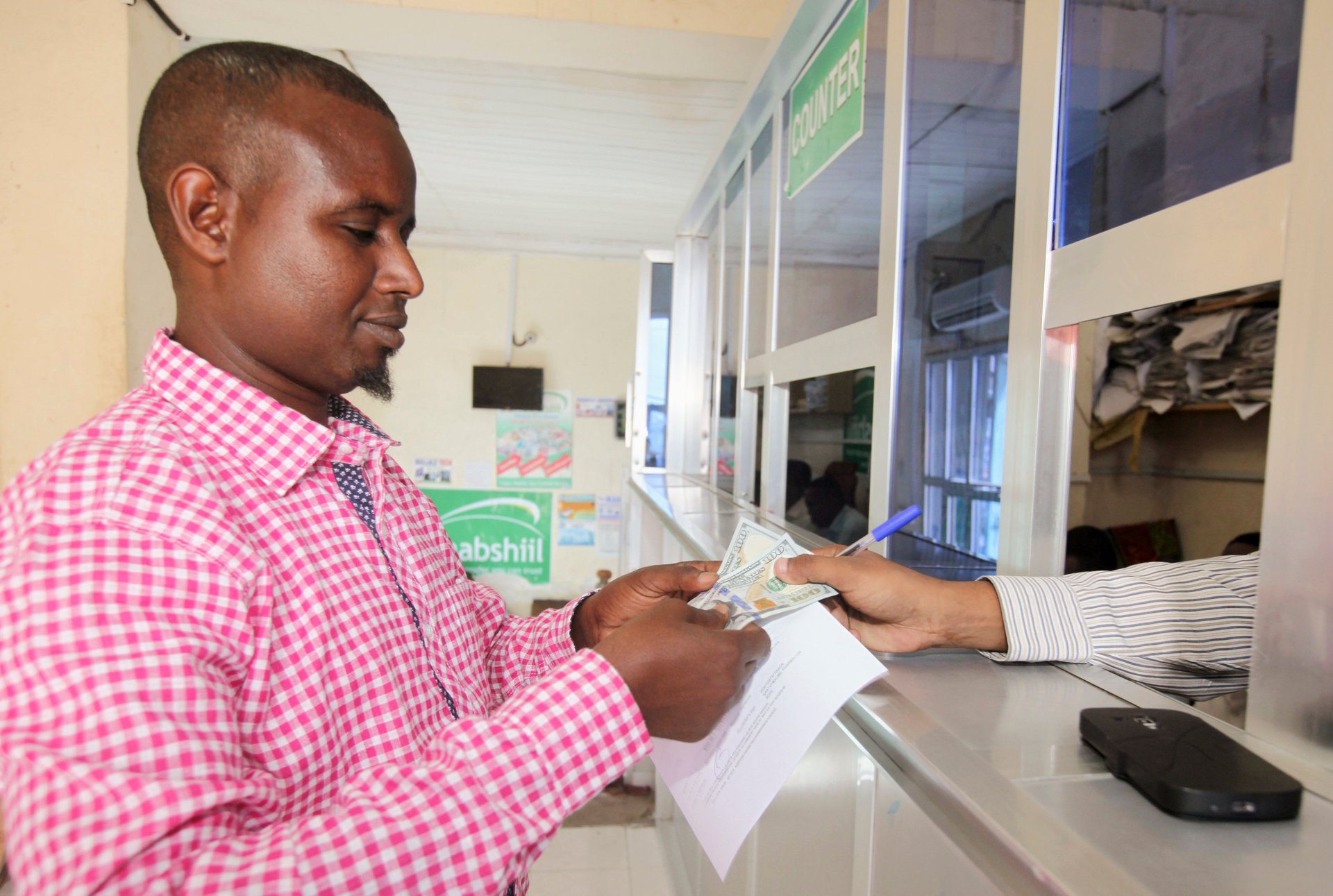Costly cash transfers are the preferred method of sending money to Africa
When it comes to sending remittances to Africa, cold, hard cash is king.


When it comes to sending remittances to Africa, cold, hard cash is king.
At least that’s the case with immigrant families sending money from the United Kingdom, one of the largest sources of remittances in the world. Despite the availability of digital transfer models, the majority of remitters still prefer cash-to-cash payments, where both the sender and receiver visit a physical location to deposit or collect cash, a new report from the government-funded non-profit Financial Sector Deepening Africa (FSDA), shows. These cash remittances accounted for 90% of all the transfers from the UK to Africa, which was estimated at £4.1 billion ($6.5 billion) in 2015.
The report notes that cash-to-cash transfers have raised the costs of sending money to friends and family in Africa and that over a million people are paying on average £80 more than they should per year. If these senders used alternative digital services, they could easily have saved over a £100 million a year in total fees to agents.
This “stickiness of cash” is a factor contributing to making Africa the most expensive region to send money to—averaging 9.8% of the amount sent. The costs of sending money from the UK is especially prohibitive for countries like Rwanda, Zambia, and Eritrea, where competition is among service providers is low or nonexistent, and for South Sudan, where poor infrastructure and the scarcity of operators makes sending money relatively expensive.
Across Africa, financial technology services are slowly building the infrastructure that allows customers to access services conveniently and at a lower cost. For instance, mobile phones are functioning as bank accounts, as a tool to buy bonds, access insurance, and education services—and of course, send and receive money both locally and abroad. But in the remittance industry, a number of challenges forestall the expansion of these services, including lack of digital literacy and trust in online financial services. The lack of bank interoperability or the receiver’s access to the pay-out location also poses a challenge.
In conflict-affected countries like Somalia, the lack of appropriate identification cards can also prevent the process of enlisting more customers onto these platforms.
The FSDA report says that augmenting these digital platforms and deepening their presence among immigrant communities outside Africa will help reduce the price of remittances. Digitizing the value chain from the sender to the receiver, and removing the dependency on agents, will help reduce transaction costs. Governments, development agencies, and service providers must collaborate to create complete systems that would reduce both the risks and costs associated with money transfer services.
If this is achieved, it will be a positive step for many African countries, who receive far more in remittances than in aid. Money sent from abroad acts as a much bigger social safety net, providing food, shelter, health, and education to those remaining in Africa.